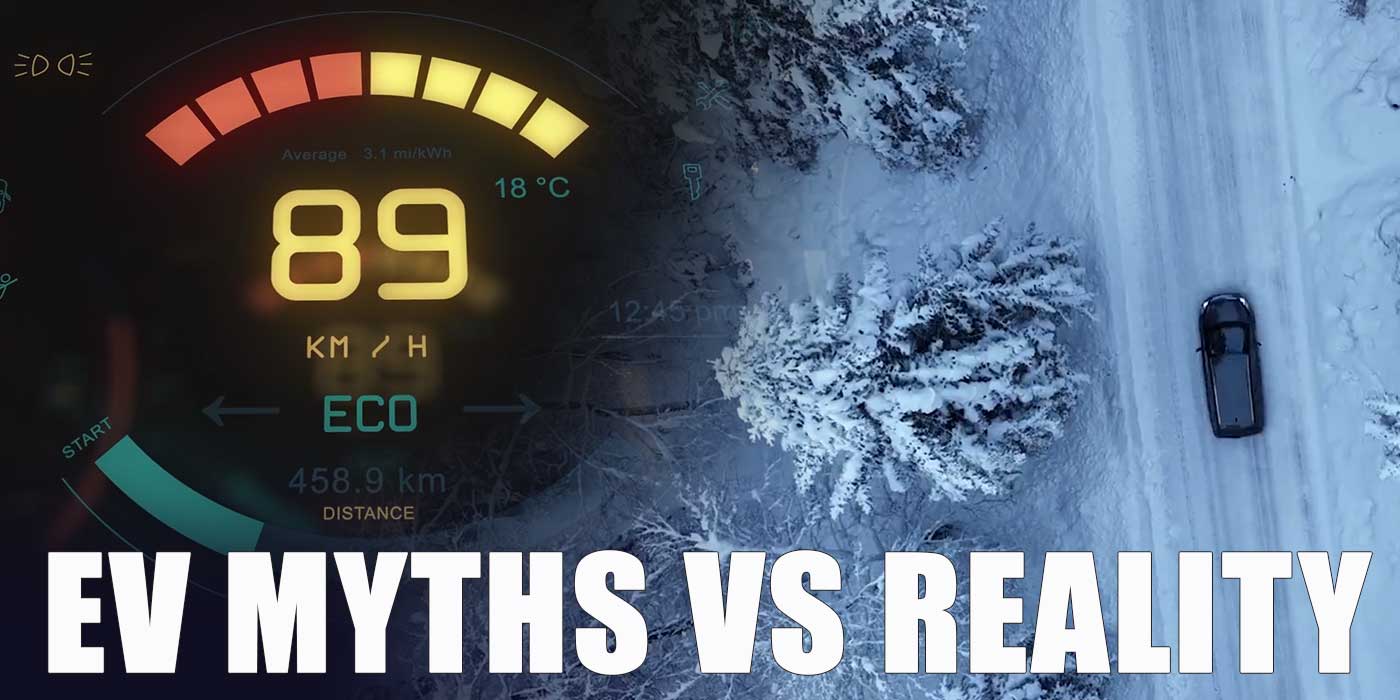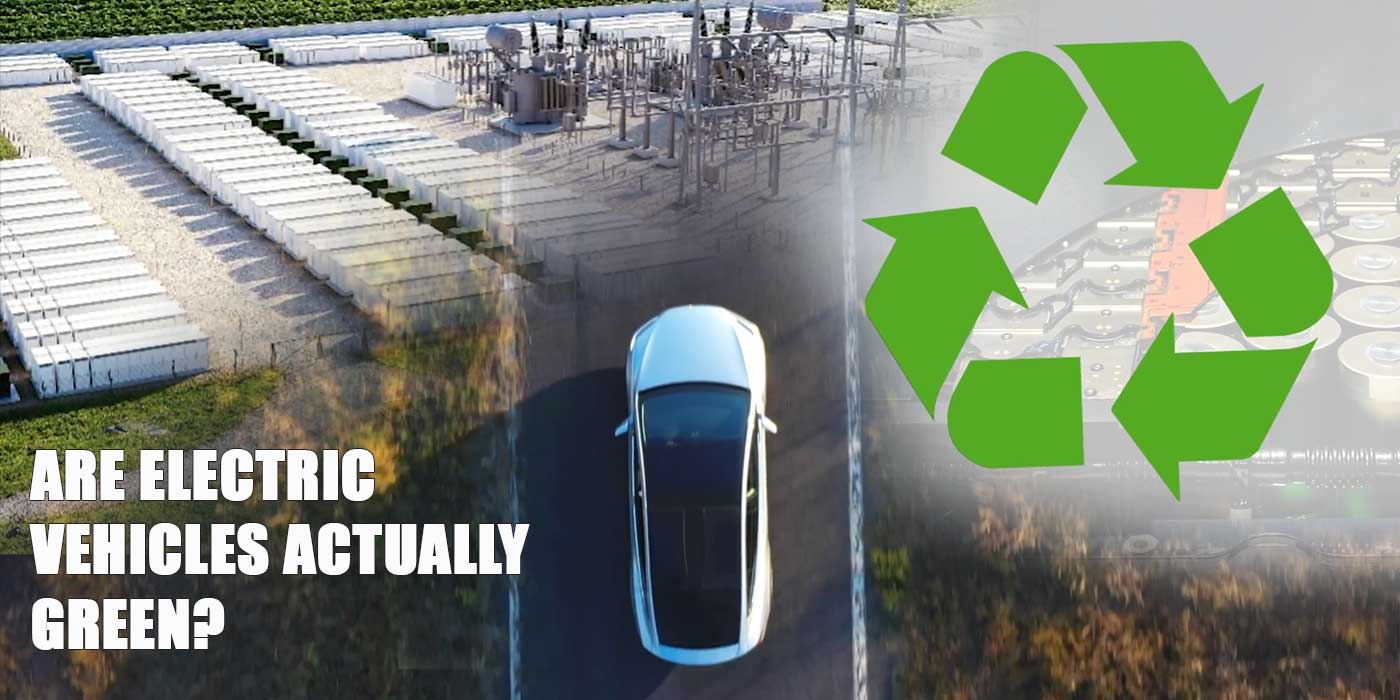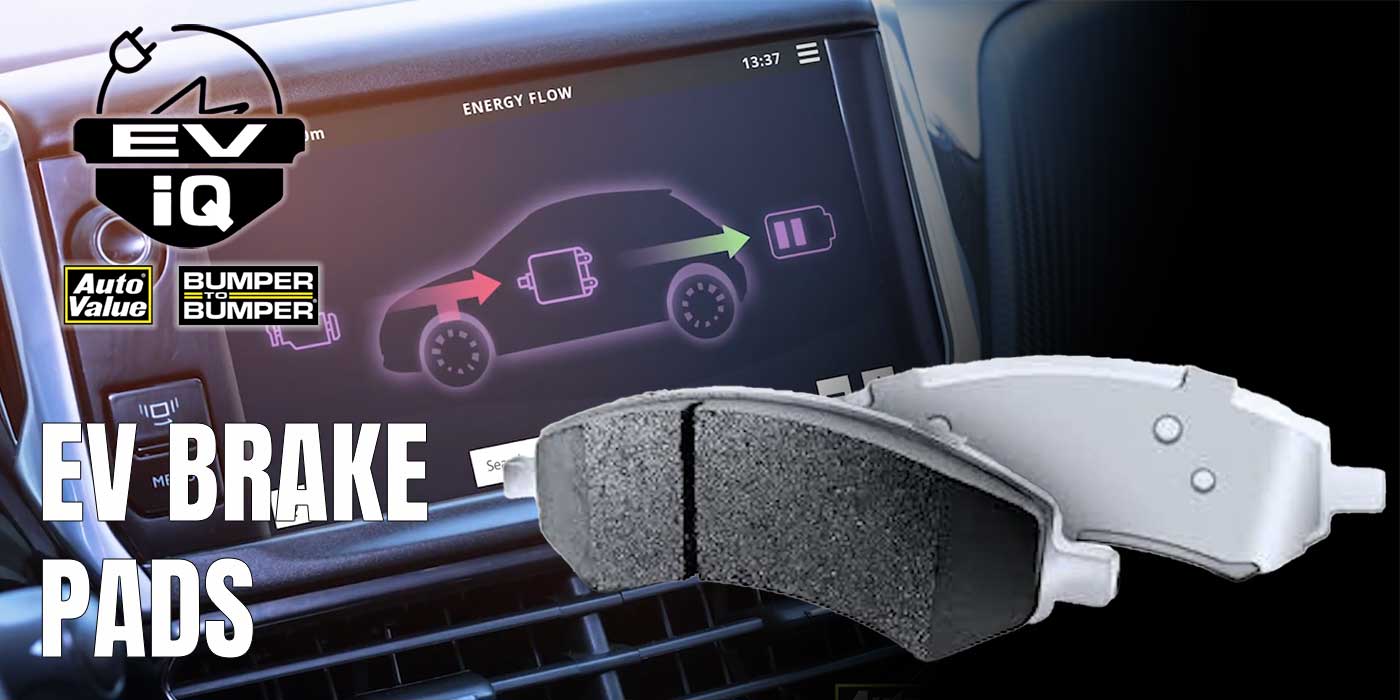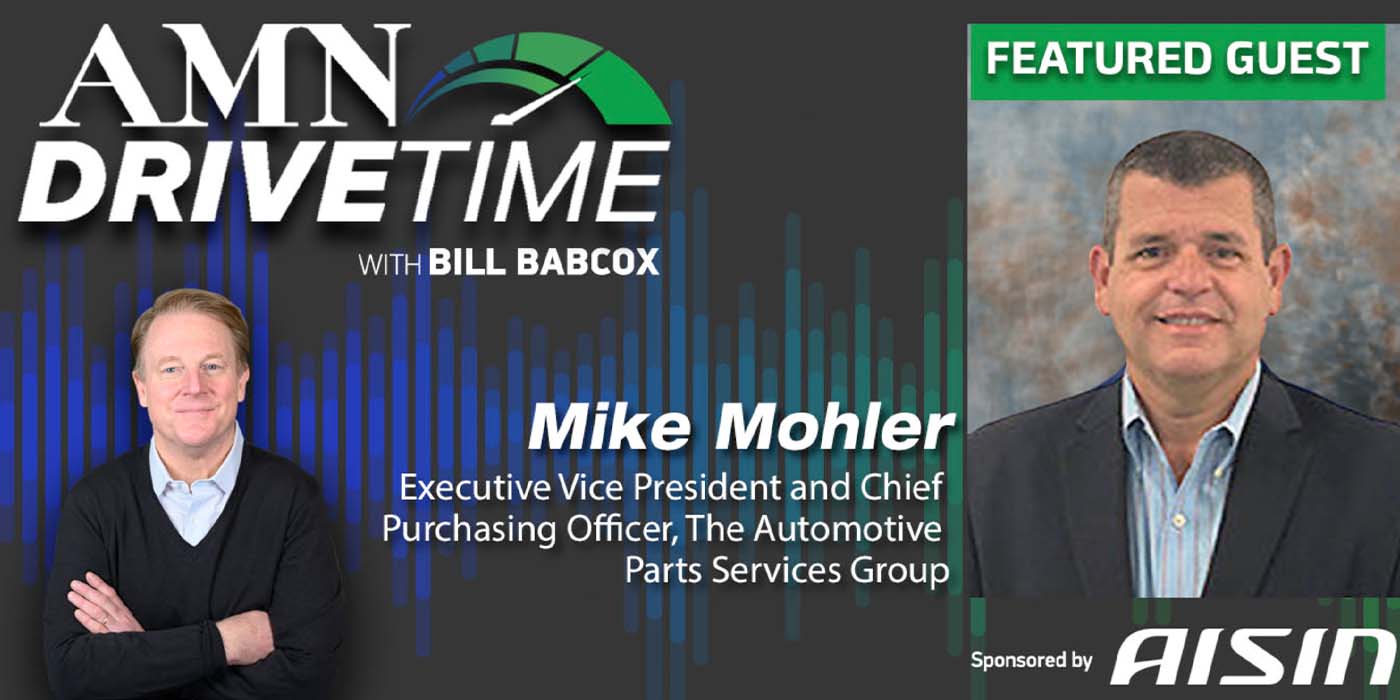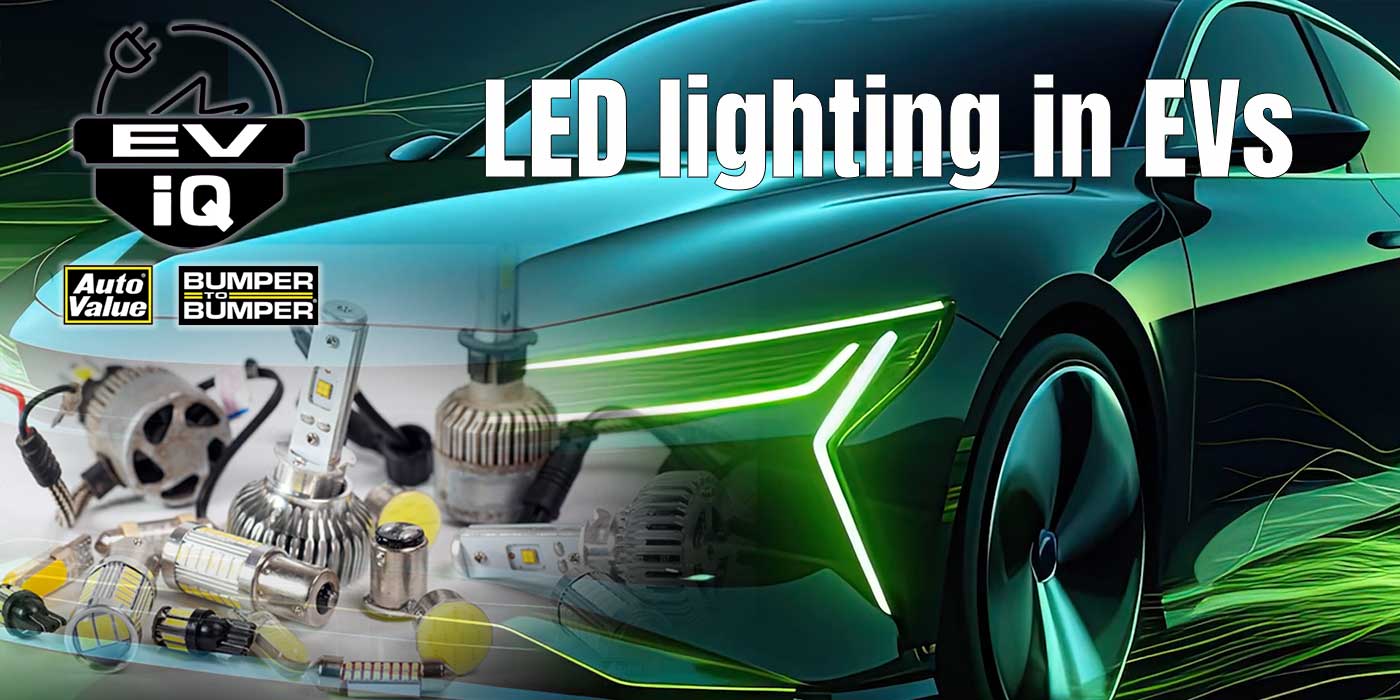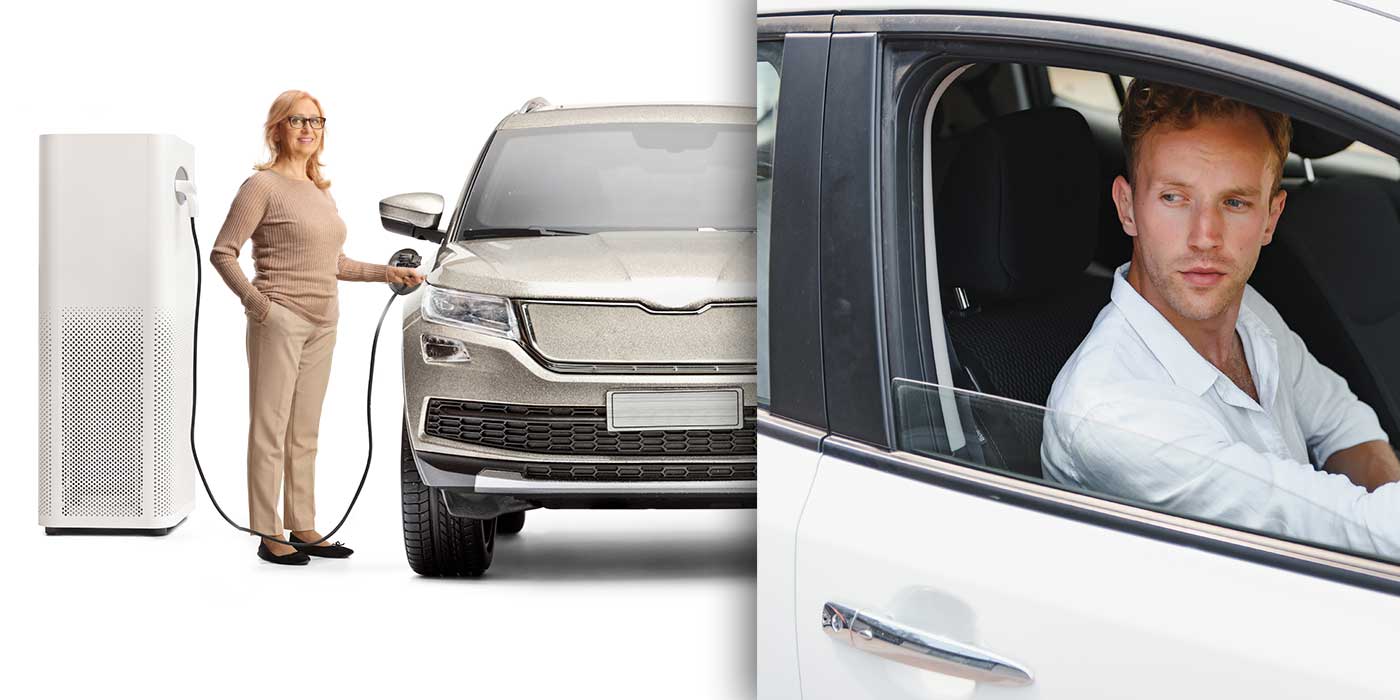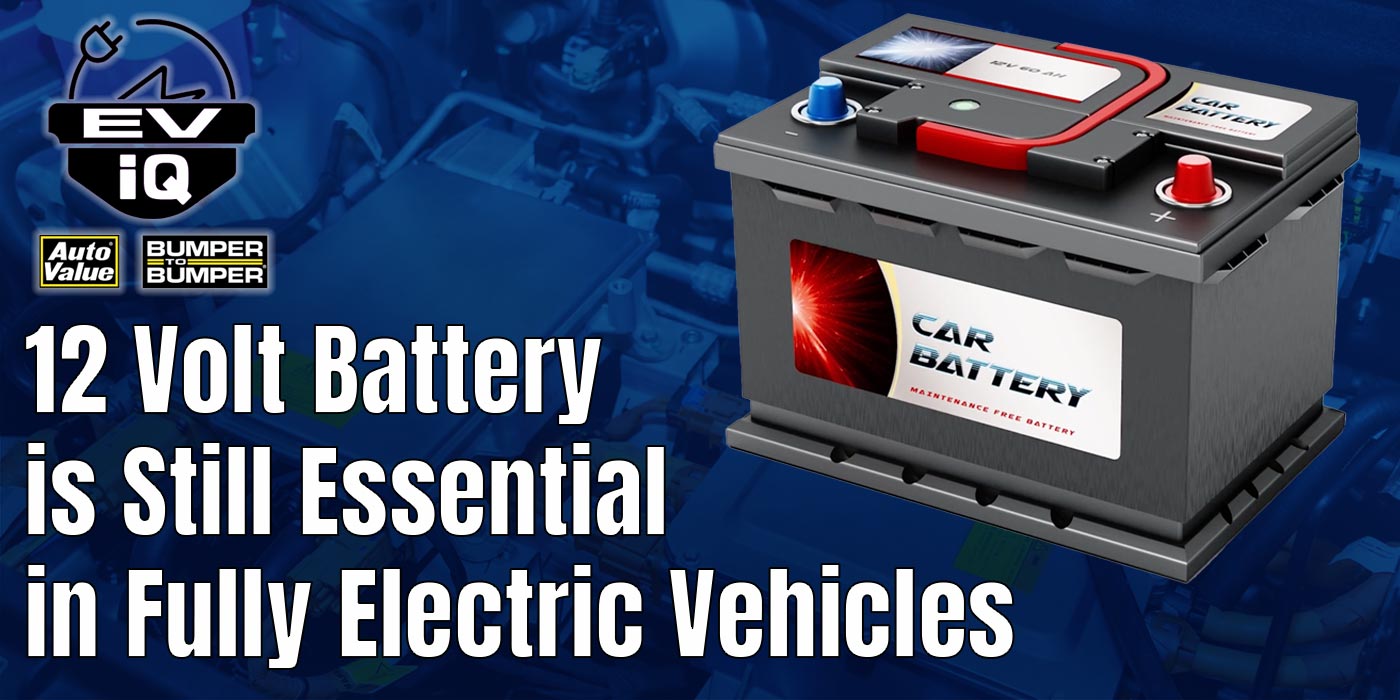Most HEV and EV vehicle repairs are not those done to battery packs or electric motors. Instead, the most significant repair opportunities are tires, brakes, and suspension. And if you can’t lift a vehicle without damage, you will not be able to unlock this service opportunity in this growing segment. The stakes are higher for EVs and hybrids because if a lift arm or adapter is not correctly placed, it could damage an expensive battery pack mounted under the vehicle. Some of these battery packs can cost five figures to replace. Also, there is a fire hazard. If a battery pack is impacted or punctured, never guess where or how to pick up a vehicle. A vehicle’s owner’s manual or service manual often will provide guidance on where to find and how to access the appropriate jacking and lifting points. Some EVs and HVS have specific lift points stamped into the unibody.
Some EVs might require special blocks inserted into holes at the lift points. The Automotive Lift Institute’s lifting points guide includes the vehicle manufacturer’s recommended lifting points for many popular EV and HEV vehicles. Chances are you still have the copy you received when your ALI-certified lift was purchased, but it might not include the latest models. You can purchase a new guide at autolift.org and there is even an electronic version you can use on your phone, tablet, or computer. Another source of information is the first responder sheet. The sheets are designed for the fire department in the case of an accident or if the vehicle needs to be towed. These can include the recommended lifting points for the vehicle. They can also be useful for learning how to deactivate and isolate the vehicle’s high-voltage battery inverter and motors most include the proper method to deactivate and isolate the high-voltage battery and 12-volt system.
If you’re using a two-post lift, make sure the arms have a low enough profile and can extend and retract far enough to access the OEM recommended lifting points. Having a variety of adapters available is helpful, although flip-up adapters are convenient. Screw pad adapters offer more precision. Some lifts even have a drop-end adapter receiver to get under the lowest profiles. Never use homemade adapters like wood blocks. A drive-on or runway lift can be a safe bet for doing alignments or chassis repairs If you use the rolling jacks, you will need to use the correct adapters and OEM-recommended lifting points. Lift manufacturers have also started designing low-rise and mid-rise lifts specifically for EVs. If you’re changing tires or doing other work where a mid-rise lift is sufficient, make sure the lift you choose has long enough frames or platforms to reach the manufacturer. Recommended lifting points without contacting the battery pack and be sure to know the vehicle’s weight compared to the capacity of the automotive lift intended to lift the load. EVs and HVs are generally heavier than their internal combustion counterparts. When you first pull the car into the bay, the basic rules of spotting the vehicle remain the same. Always ensure the vehicle is straight and positioned in the center line of the lift. If possible, leave the car in neutral so it can be rolled to help position the lift pads on some EVs. This can be done using the infotainment touchscreen by activating a service or mode to be able to roll and spot the vehicle
On some EVs with air suspension, this mode will also prevent damage to the air suspension components when lifted. If you use a two-post lift, it is important to understand how a vehicle’s center of gravity relates to the stability of a raised vehicle. EVs and HVs can have a different center of gravity compared to an ICE vehicle. With an internal combustion engine, battery packs, inverters and motors can move the center of gravity to the rear. The old rule that front wheel drive vehicles have the center of gravity at the side view mirrors and that a rear wheel drive vehicle’s center of gravity is below the driver’s seat does not apply to EVs and some HEVs. Again, look at the service information for where to spot the vehicle. Don’t just kick the lift arms under the vehicle — get down and look to make sure the adapters are properly lined up with the OEM lifting points and that they won’t touch the high-voltage battery or suspension components.
Use the lift’s swing arm restraints to lock the arms in place. Raise the vehicle a few inches off the ground and check its stability on the lift points by pushing down on it to ensure it feels secure on the lift. Once you have the vehicle at the appropriate service height, be sure to relieve the hydraulic pressure by lowering it onto its mechanical locks before getting to work. If you’re going to be removing heavy components that may shift the vehicle’s center of gravity, use high-reach support stands to help prevent tipping. No matter what type of vehicle you are lifting, protect yourself and always make sure you know what you are doing. ALI’s Lifting it Right online course explains how to lift a vehicle without causing injury or damage. It provides guidance on spotting and lifting a vehicle, as well as preparing the service bay, maintaining load stability, lowering the lift and lift maintenance. It is a good overview and supplement to training on your specific lift. Lift training is not just for newbies, it is also for experienced technicians who might need a refresher.
This video is sponsored by BendPak.

